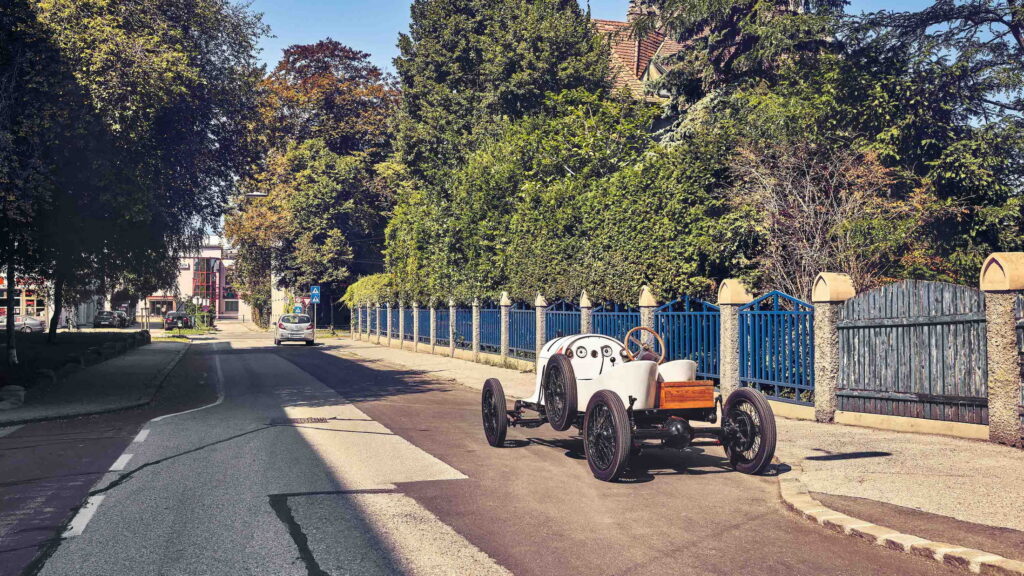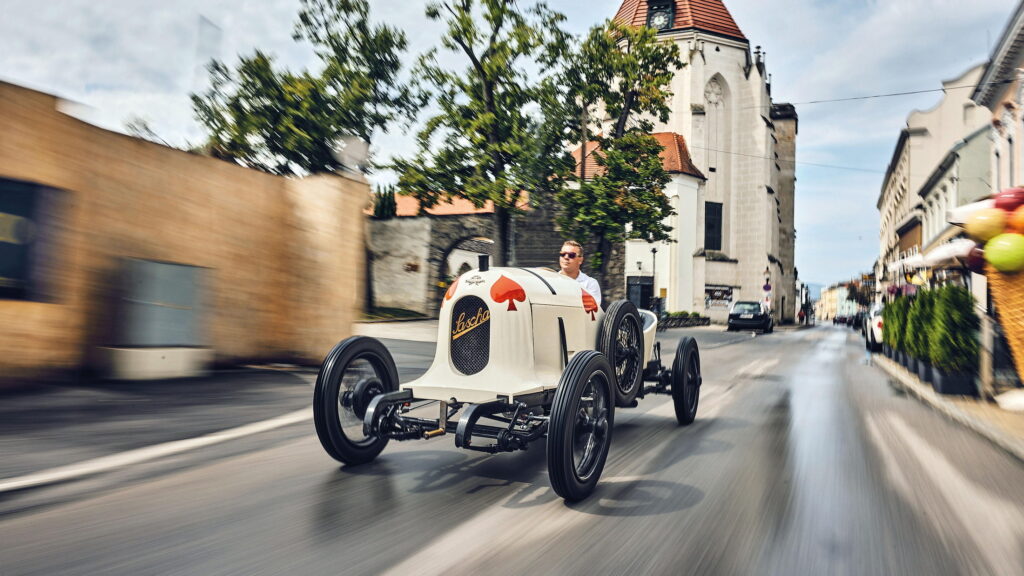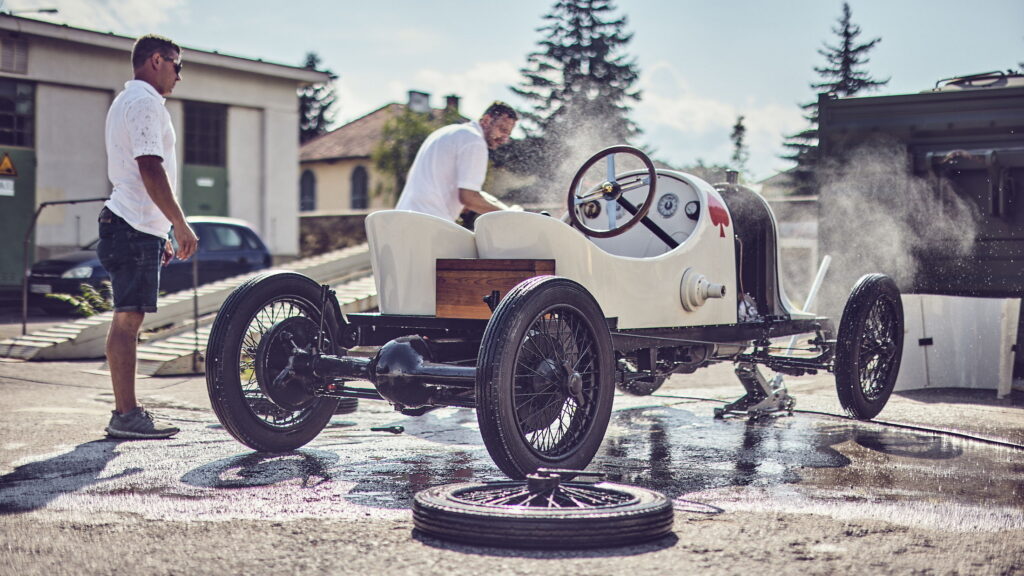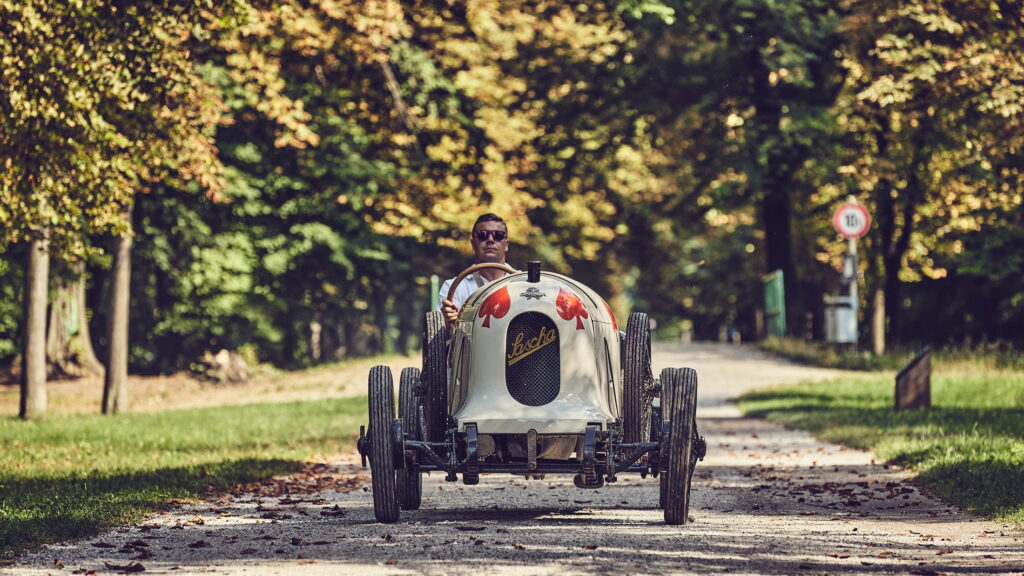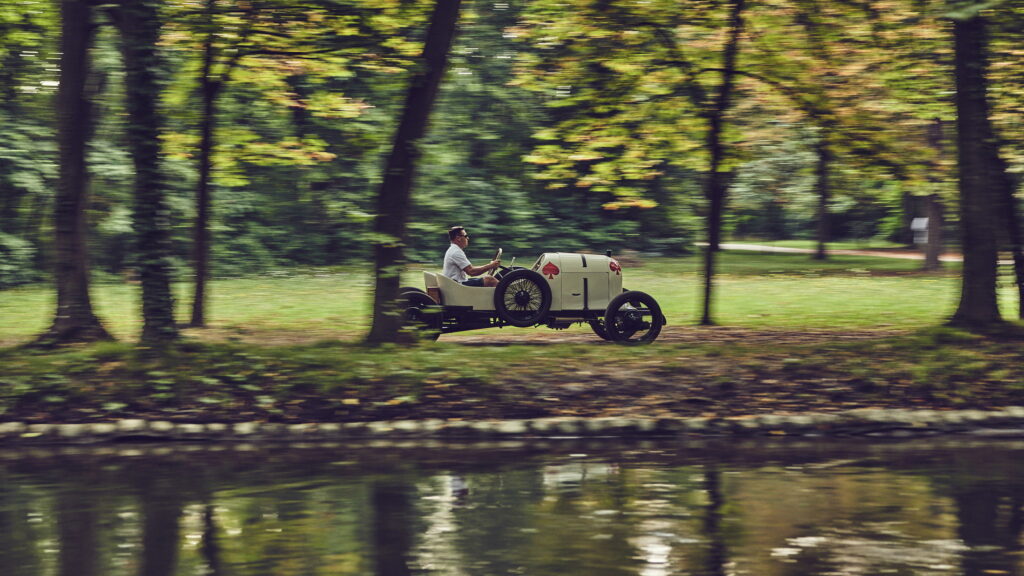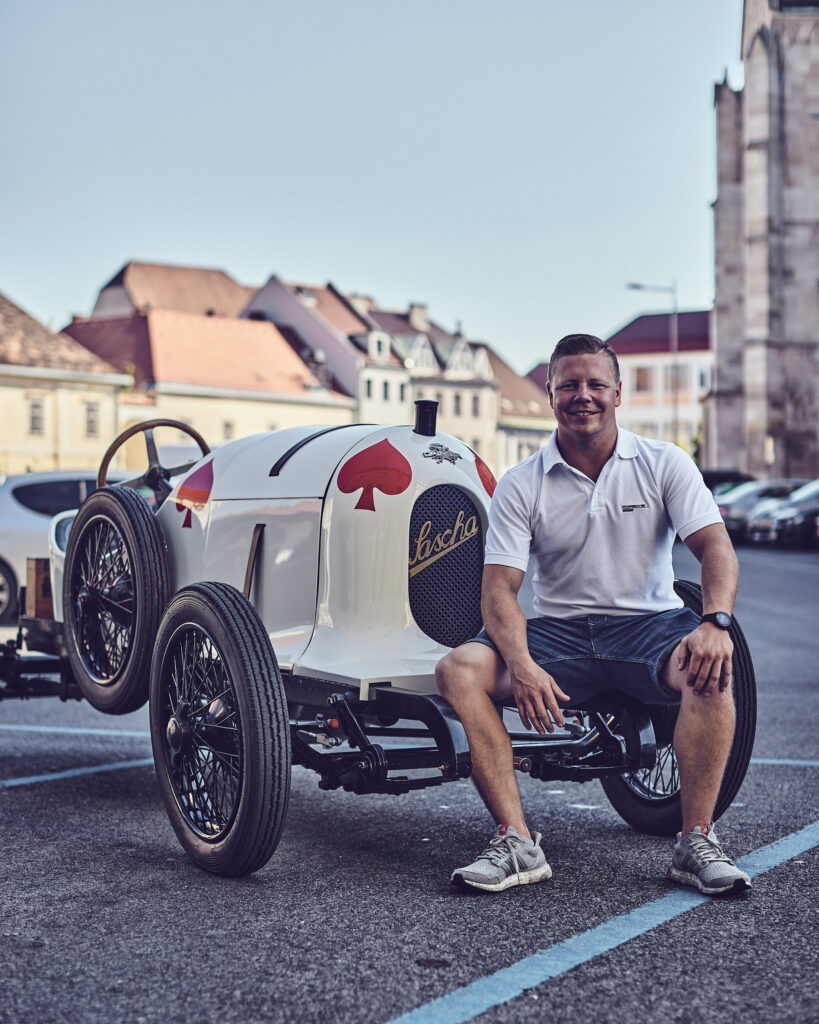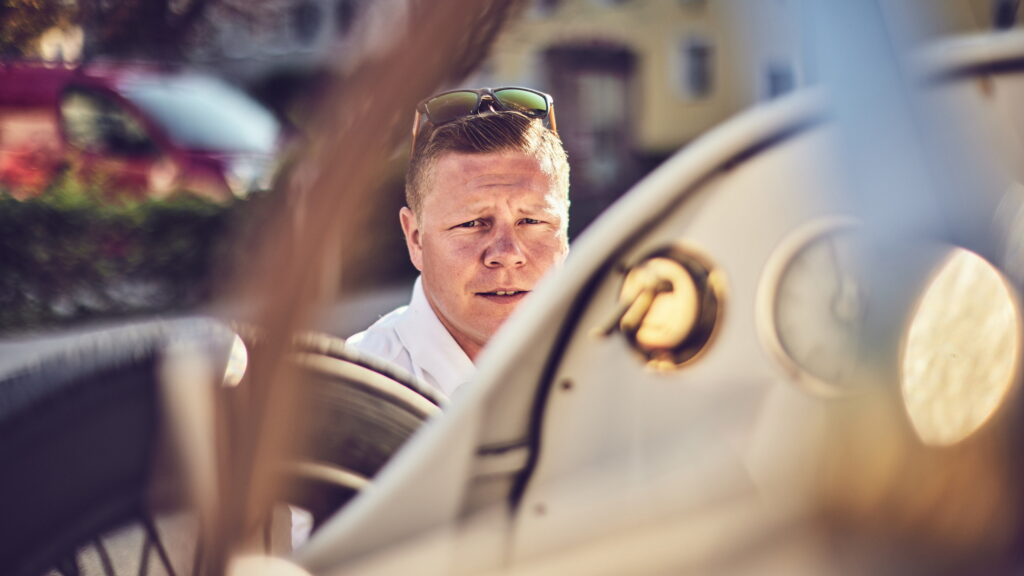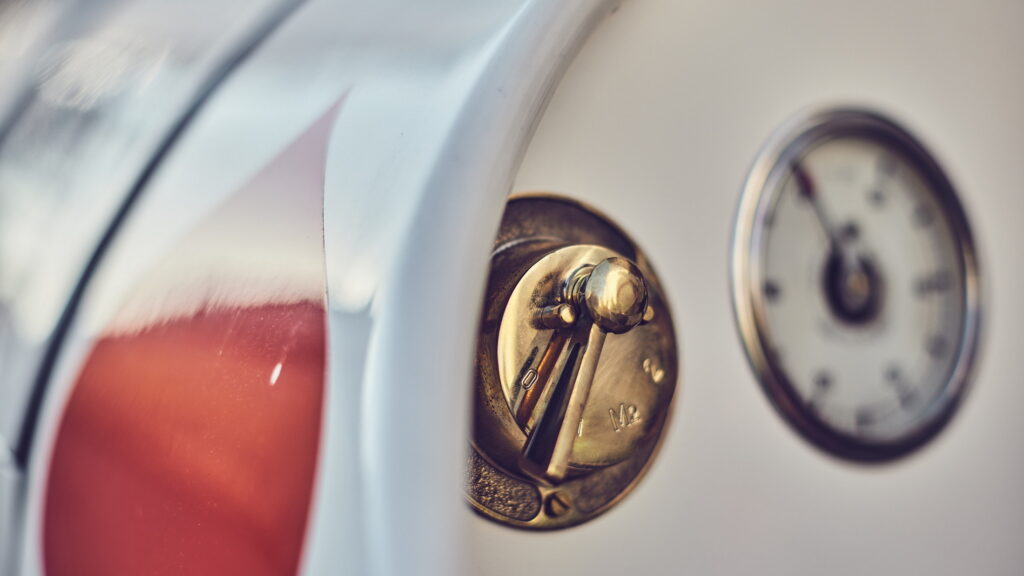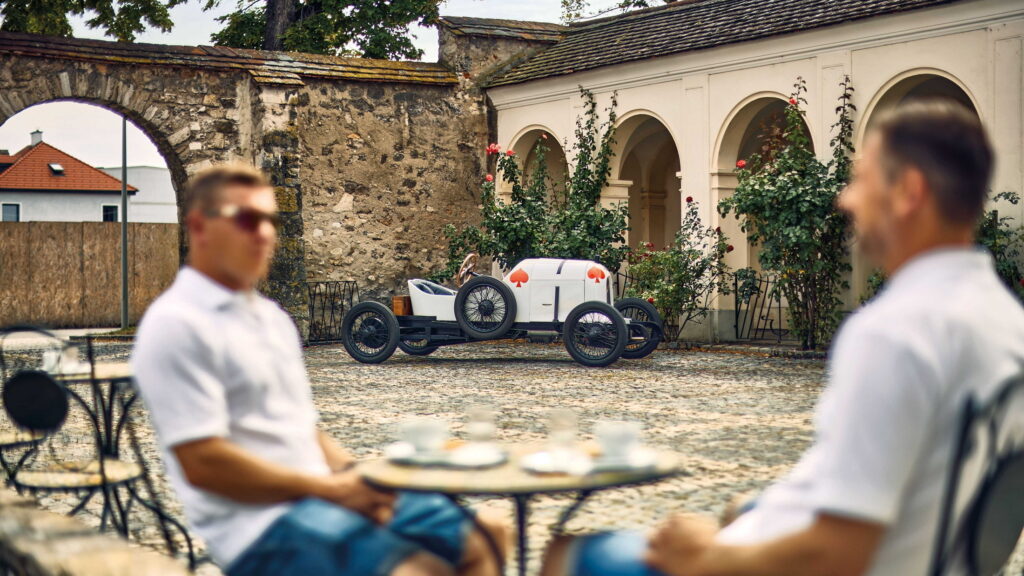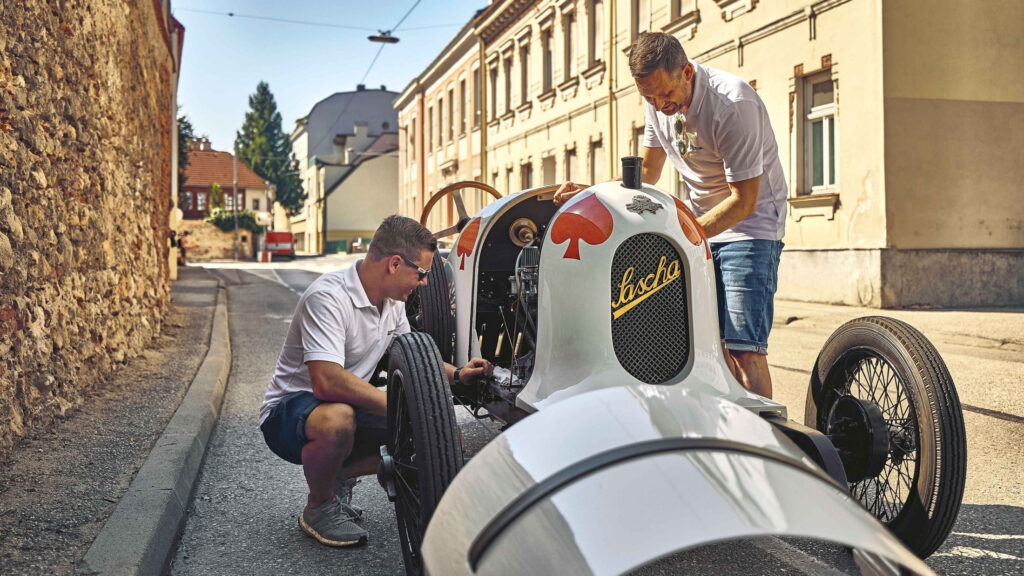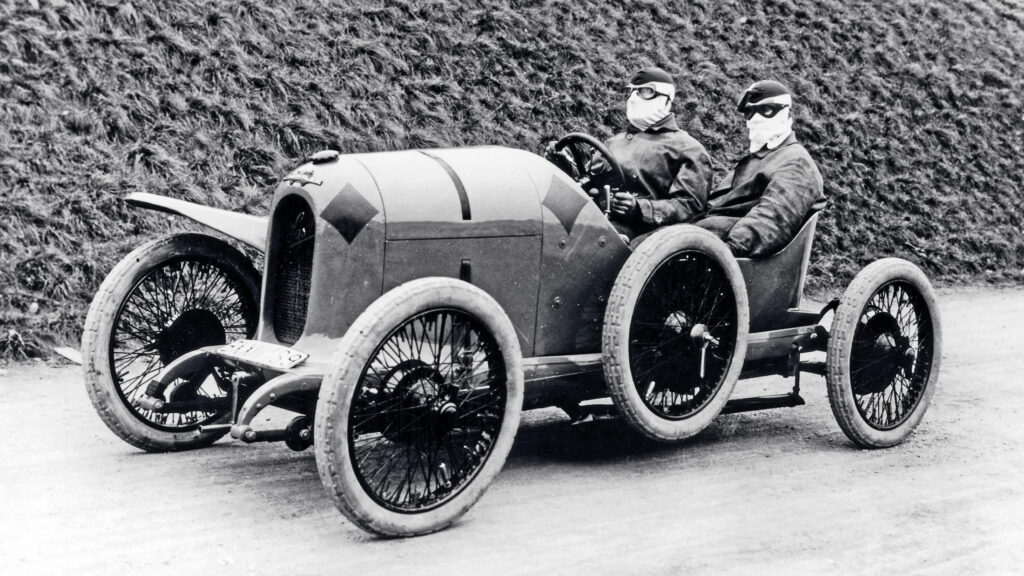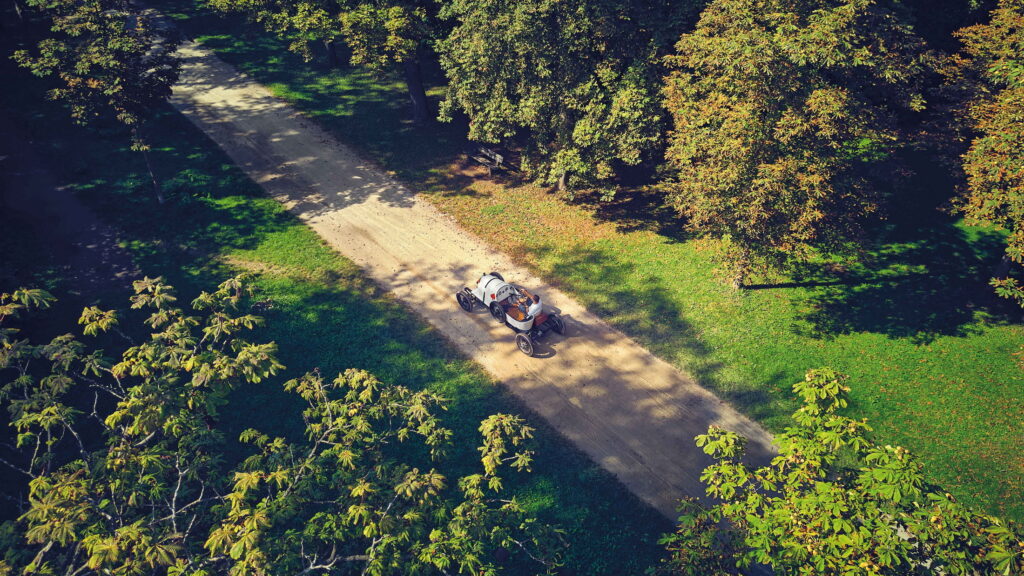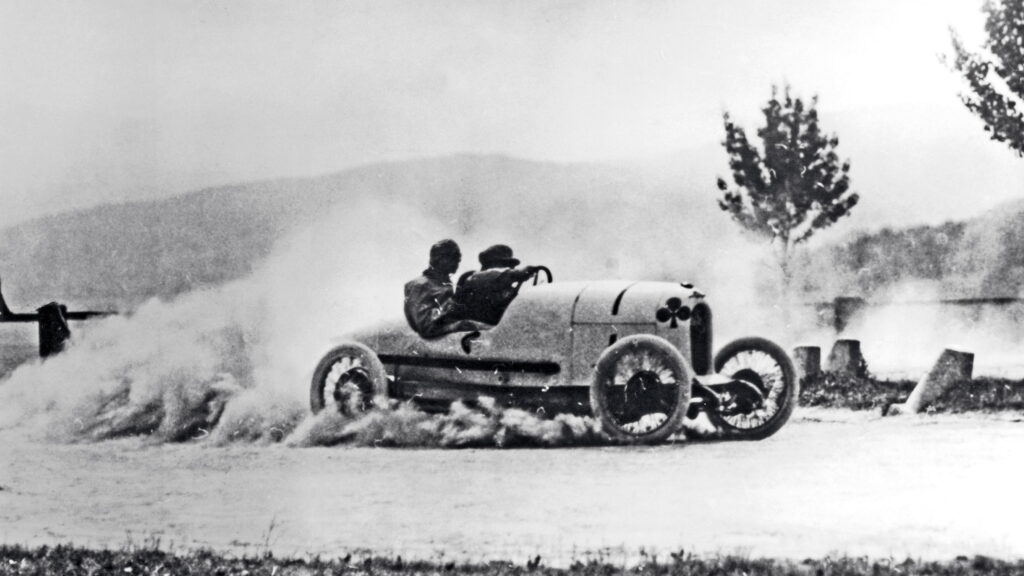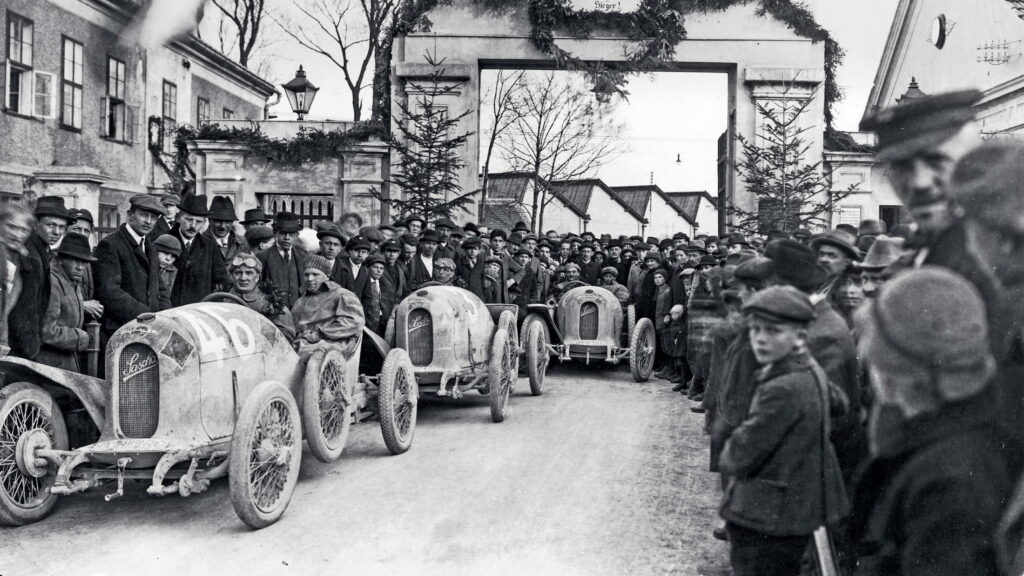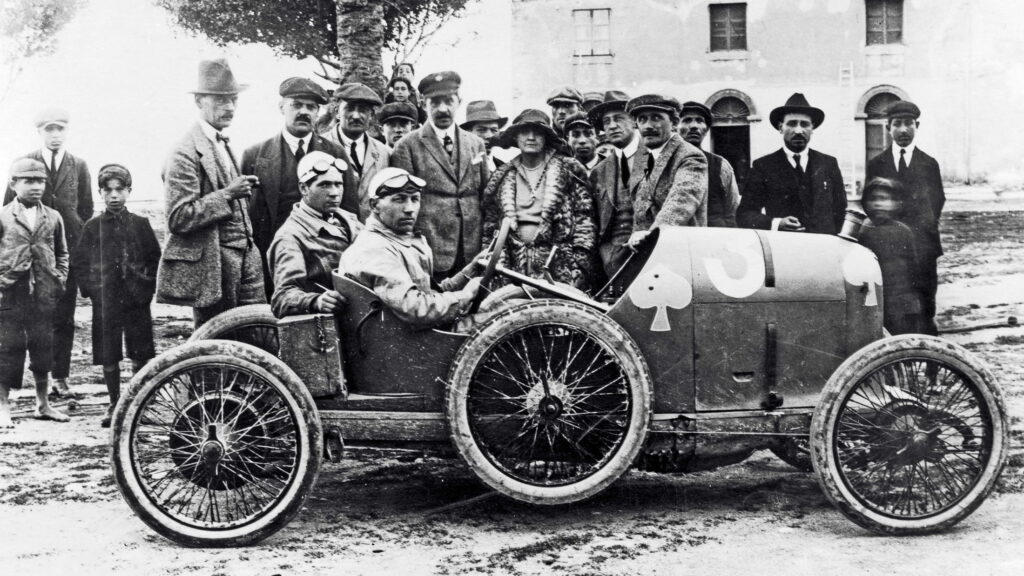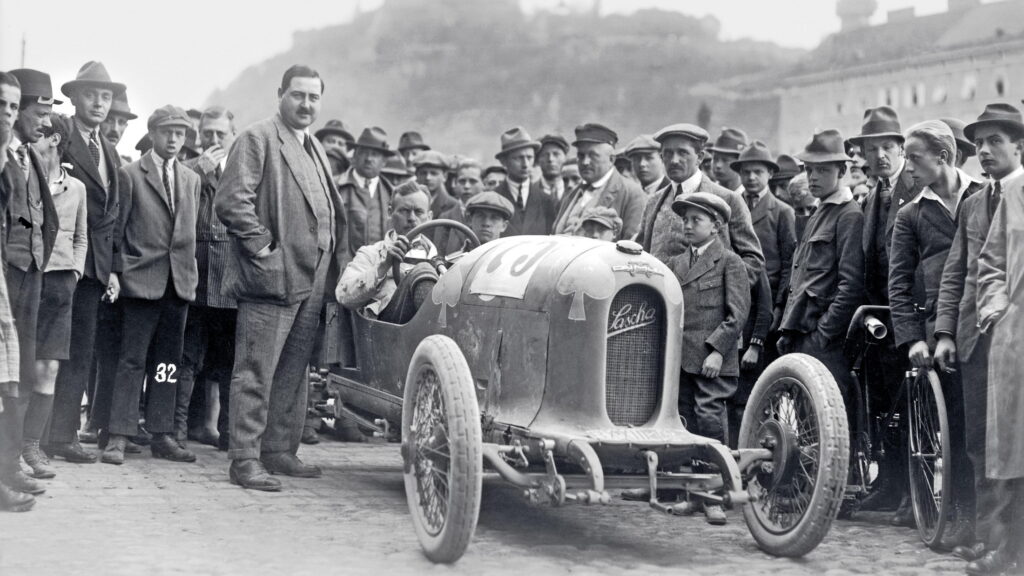Porsche Takes The Oldest Drivable Car In Its Collection For A Spin
The Austro-Daimler Advertisements-R was Ferdinand Porsche’s try to prove that modest, cost-effective automobiles could be enjoyable, and now it has been restored by the Porsche Museum
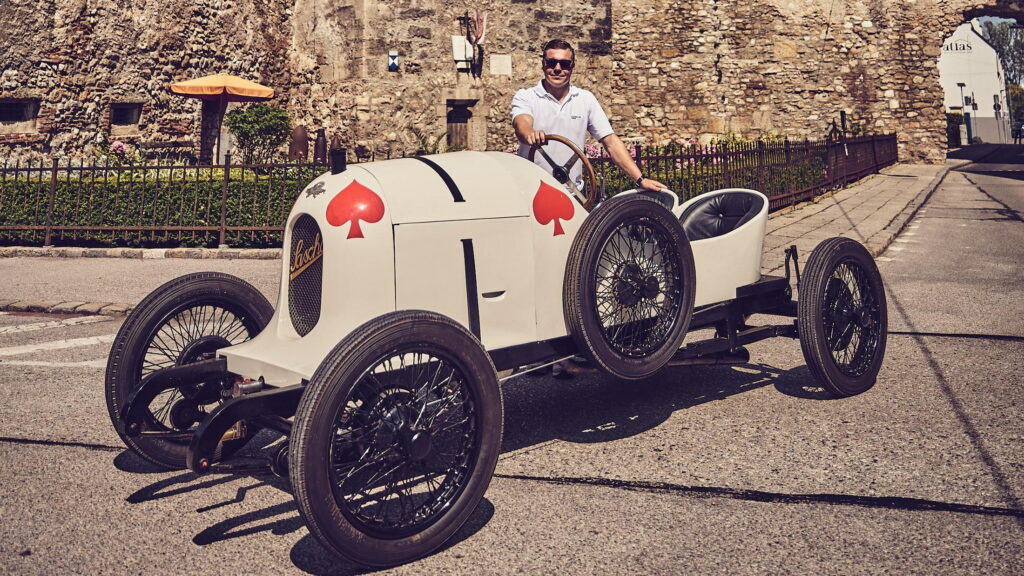
Way back in the 1920s, just before Ferdinand Porsche became fascinated by rear-engine autos and flat-fours, he was the managing director of Austro-Daimler, in Wiener Neustadt, Austria. One of the automobiles he developed there, the Advertisements-R, shows that his want for speed, and his fascination with modest, lightweight, cost-effective autos was there from the really starting.
Porsche set out to prove that he could develop a fairly modest auto that could compete with the larger, much more potent autos of the era. He shared his vision with motorsports fan Alexander Joseph Graf Kolowrat-Krakowsky, much better recognized as Sascha. In order to sell the Austro-Daimler board on the notion, he funded the production of 4 racecars, named the Advertisements-R.
Because of the name on the grille, and to honor the man who funded the project, the automobiles are recognized as the Sascha. Today, one particular of these 4 original automobiles is the oldest drivable car in the Porsche Museum’s collection of classics, and they decided to take it back to the streets of Wiener Neustadt to see what it was like to drive amongst the historic facades of the city in which it was conceived.
Read: The Oldest-Surviving Car Ferdinand Porsche Ever Worked On Is Now On Display At The Brand’s Museum
The auto is powered by a 1,one hundred cc inline-4 that revs up to four,500 rpm, and tends to make 49 hp (37 kW/50 PS). That could not sound like a lot by today’s requirements, but thanks to a curb weight of just 1,318 lbs (598 kg), it is nonetheless quite sprightly, according to Jan Heidak, who operates at the Porsche Museum.
“It’s still a lot of fun. You can feel every vibration. Hear how the engine’s performing. There’s no power steering, so you need a lot of strength and sensitivity,” mentioned Heidak. “Sascha was built for other road surfaces. We actually have too much grip, are too fast, and have high forces.”
In its personal time, the Sascha was a rocket. Porsche and Kolowrat-Krakowsky took 3 to compete in the 1922 Targa Florio. The automobiles completed 1st and second in the 1.1-liter class, although the third had to drop out due to engine concerns. A fourth auto, equipped with a 1.five-liter engine, entered the open class, exactly where it competed against automobiles that had been as considerably as 5 occasions much more potent, and completed 19th all round.
The Italian media dubbed the Sascha the “revelation of the Targa Florio,” and more than its lifetime, it competed in a total of 52 races, winning 22 of them. Sadly, in spite of the impressive haul of silverware, the board of Austro-Daimler decided against placing the Advertisements-R into production for monetary factors.
However, according to Heidak, seeing the auto back property is like becoming in a time machine. Meanwhile, his boss, Kuno Werner, says that even although the Sascha precedes Porsche (the firm) restoring it nonetheless offered some revelations for the museum’s group.
“When we first got started, I didn’t know much about Sascha,” mentioned Werner. “For me, the company’s history begins later. But it’s interesting when you delve further into the company story and discover many things you’re already familiar with in other vehicles.”
Now that it has been completely restored, and there are members of employees who know how to maintain it operating, the Porsche Museum will be taking the Sascha to much more events as a symbol of the company’s roots.


